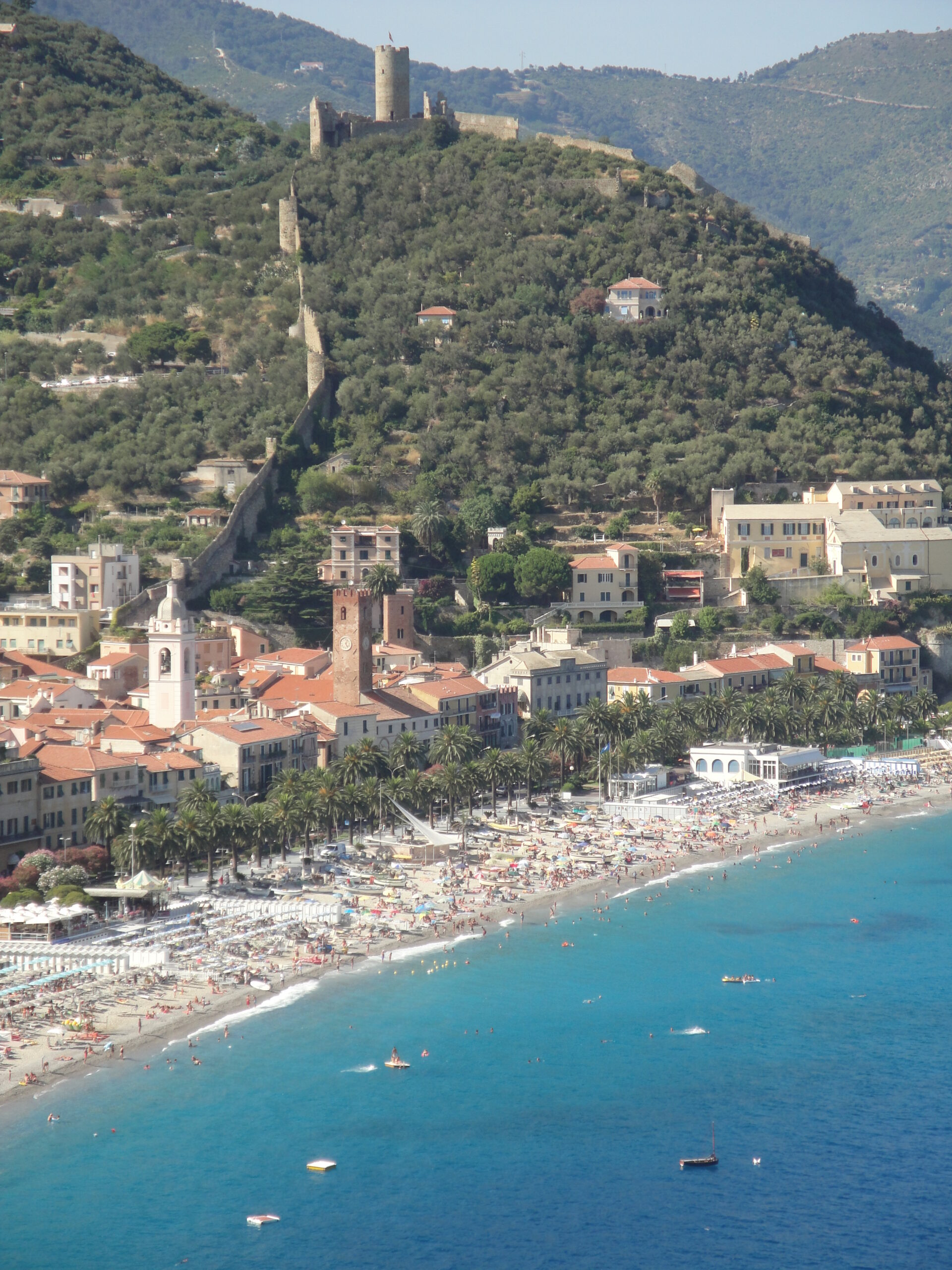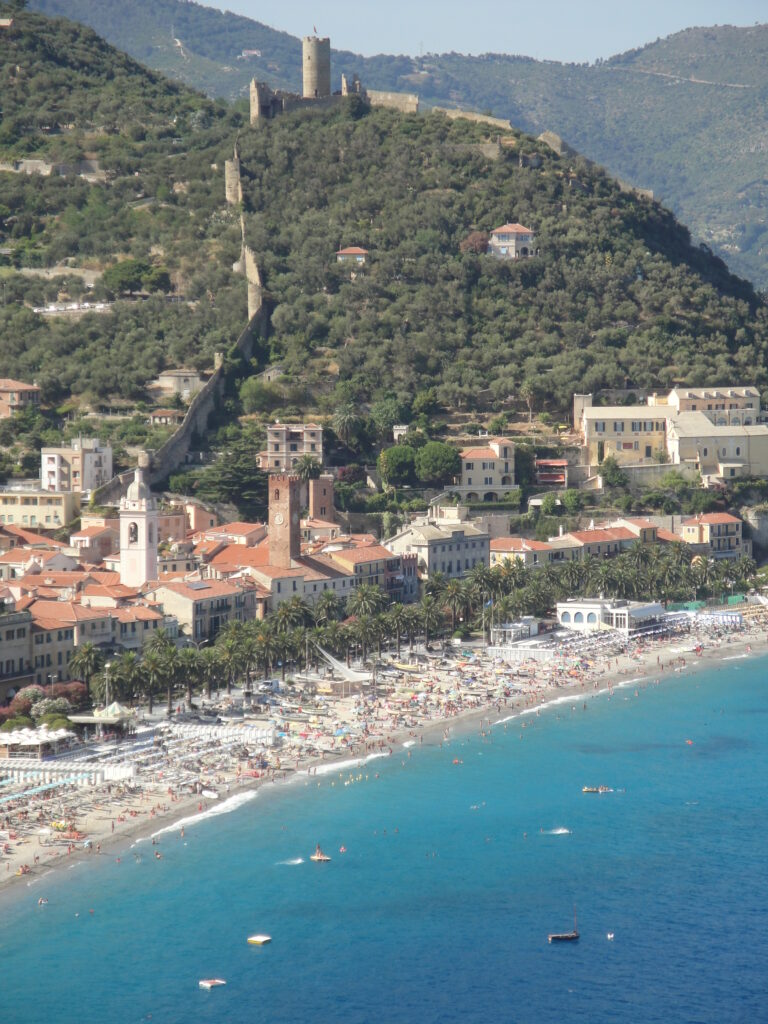Recalled by Dante in the Fourth Canto of Purgatory ("Vassi in Sanleo e descendesi in Noli...") as a rugged place that is not easy to access, Noli is hidden between two folds of the mountain, jutting out toward the sea. Before the opening of the present route of the Via Aurelia, made during the Napoleonic empire, this center could only be reached by sea or by descending steep paths, as is still the case today in S. Fruttuoso, in the Portofino promontory. Enriched by participating in the Crusades, Noli became enfranchised by the Del Carretto marquises and became a free commune in 1192. The historic center, characterized by its many municipal towers (which tradition has it there were as many as 72!), preserves, in some quarters, almost intact its ancient face, with beautiful houses from the 13th and 14th centuries. Noli considers itself to be the...fifth Maritime Republic even though it never had the foundations necessary to be one in its own right. Because of its aid to the Papacy and the Lombard League, in 1239 Noli became an episcopal see by the will of Gregory IX, the pope who excommunicated Frederick II; for nearly six hundred years it was one of the smallest dioceses in Italy. The people of Noli believe that Antoniotto Usodimare, a leading figure in the age of geographical exploration, was born here; he discovered the Cape Verde Islands in 1460. Noli hosted the philosopher Giordano Bruno in 1576, who served as "master of grammar and cosmography" here. With the discovery of America and the shift of trade from the Mediterranean to the Atlantic, the small roadstead of Noli lost more and more importance, and so the ancient republic became a fishing village. Still today many families practice this activity in the traditional way, going out to sea to lower their nets with small goiters; in the morning they sell fresh fish on the waterfront.
Provision can also be made:
Cathedral of St. Paragorio. The ancient Cathedral of St. Paragorio, outside the walls, was built in the mid-11th century on the site of an earlier early Christian building. It is one of the jewels of Romanesque architecture, declared a national monument in 1890. The apse is decorated with 11 Islamic basins (11th-12th cent.) that constitute a very ancient example of walled majolica.
Noli Castle. From the top of Mount Ursino (121 meters), the grand and scenic ruins of the Castle (begun in the 11th century) dominate the town, of which the "donjon" and the tall circular watchtower remain; two curtains of crenellated walls (13th century) descend to the cliffs over the sea and toward the town. It is the best-preserved defensive monument in all of western Liguria.
(Big History meets local history. Topics touched on include: encastellation, the birth of the communes, Guelphs and Ghibellines, medieval towers, struggles between the Papacy and Empire)

